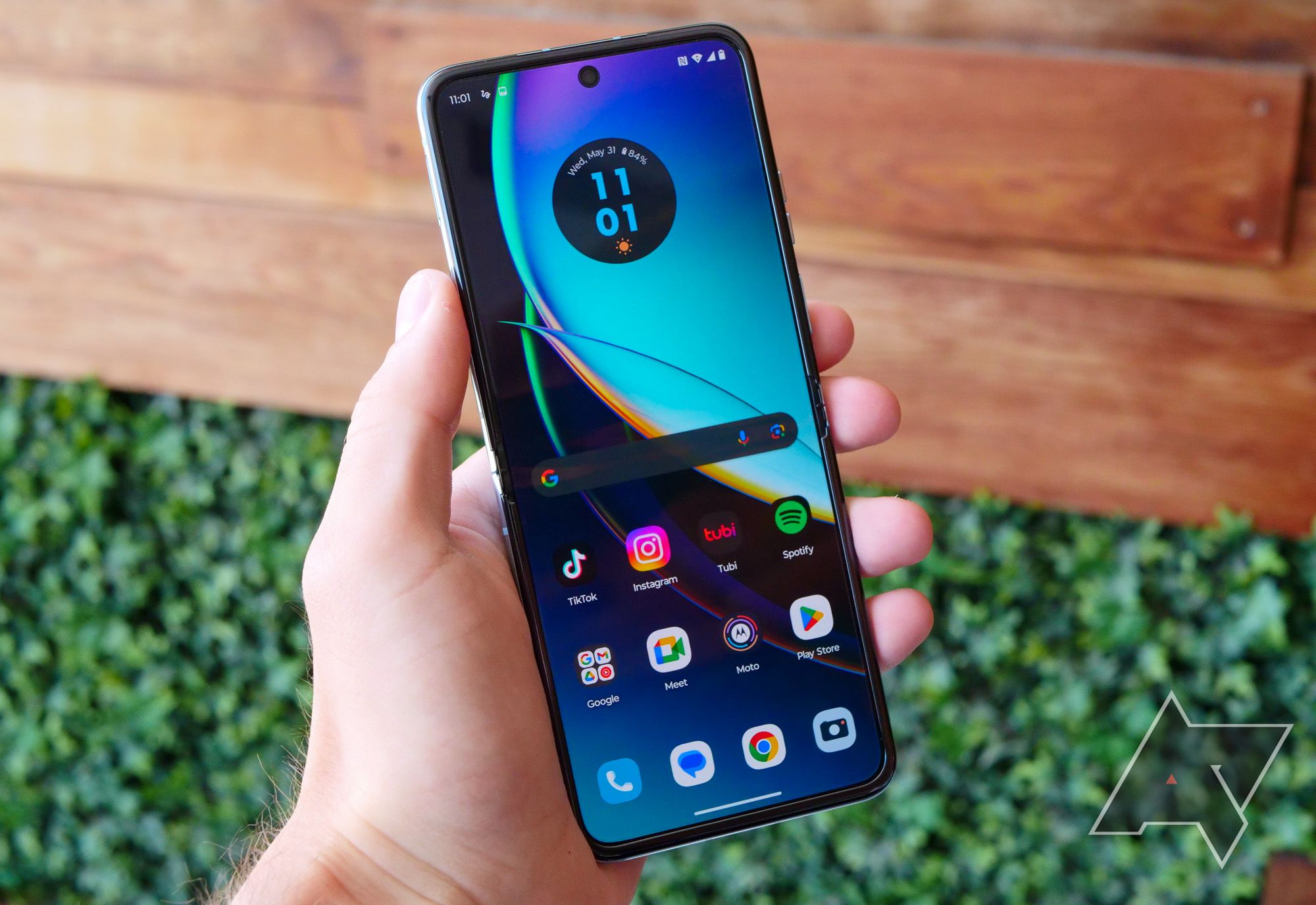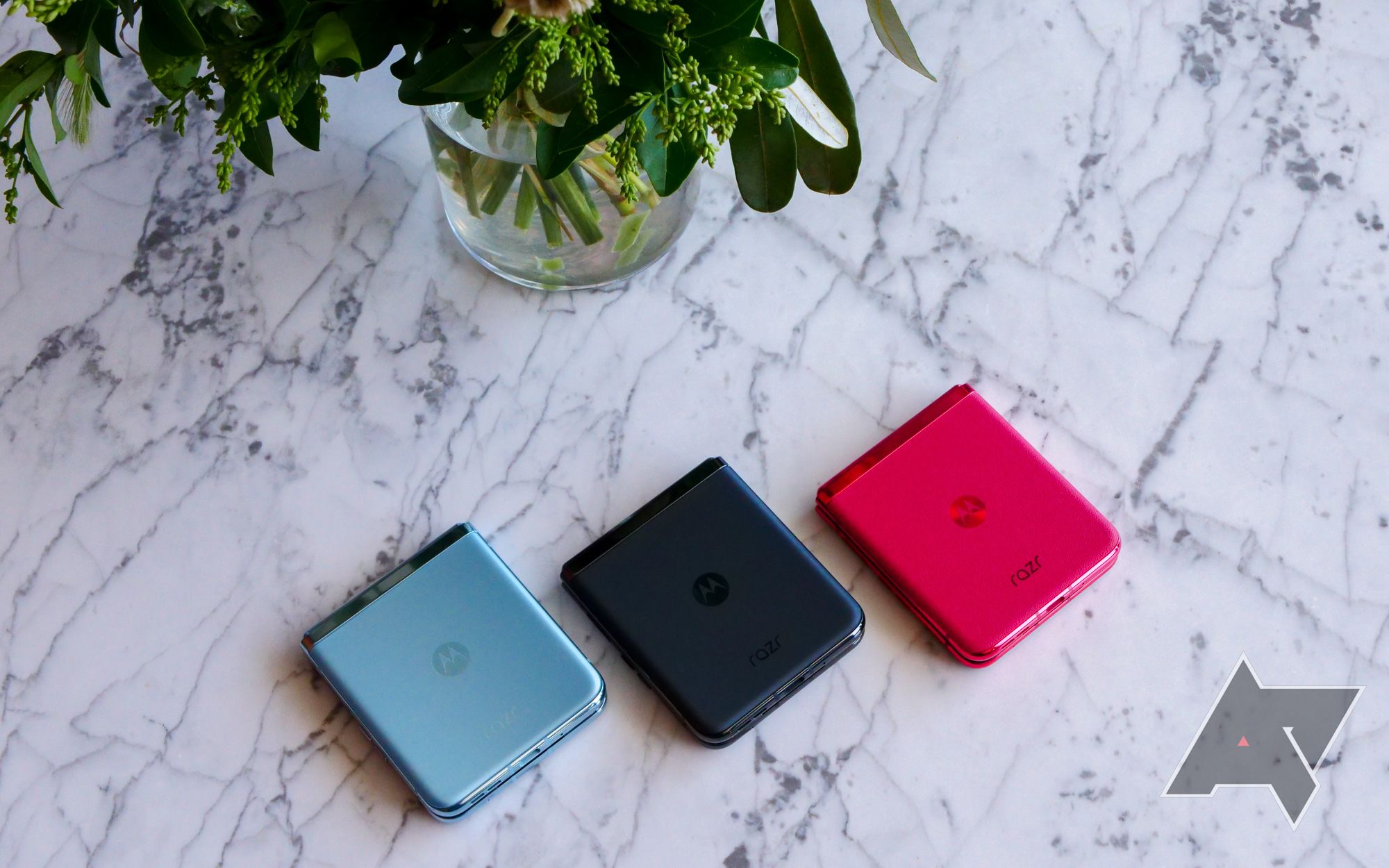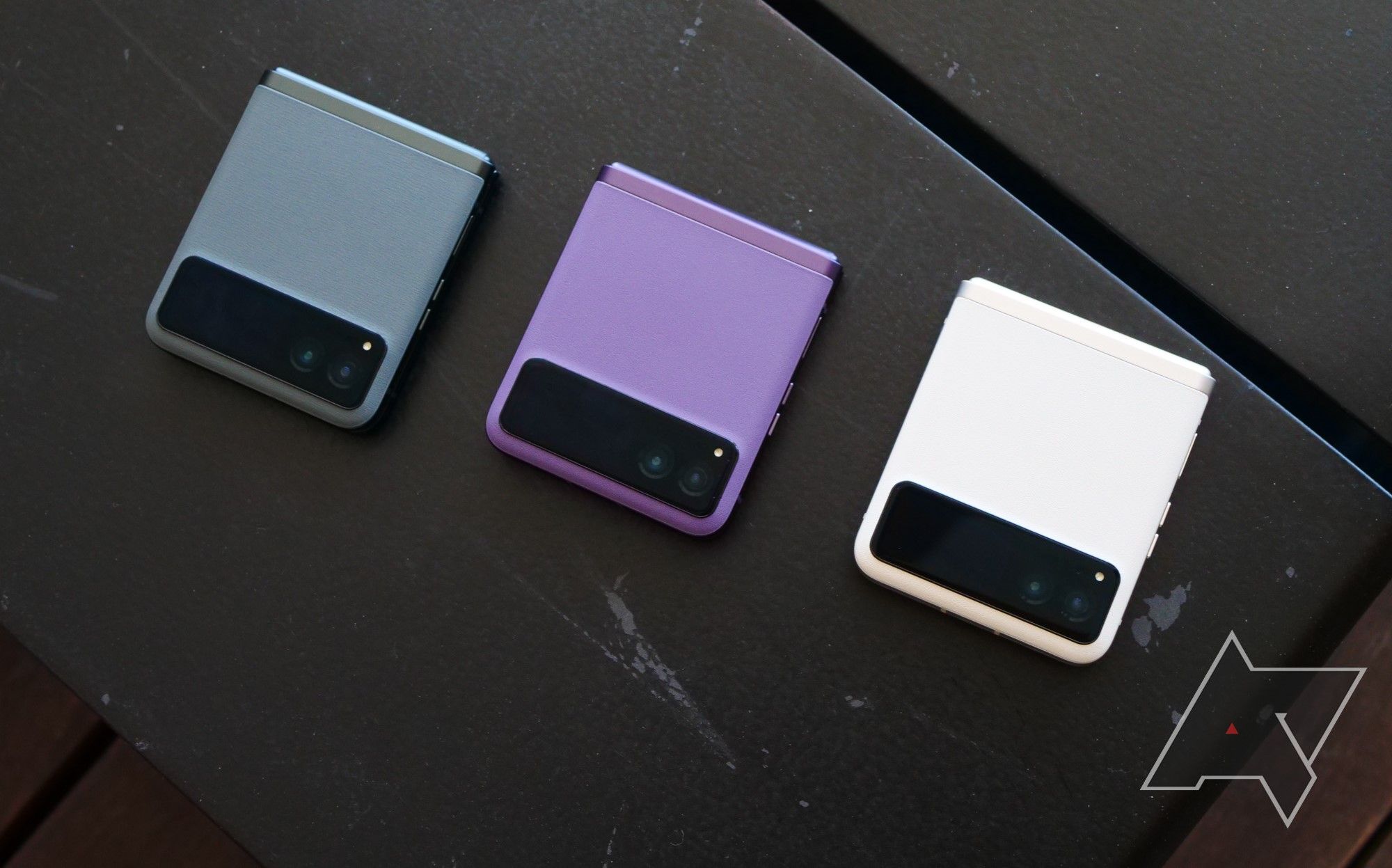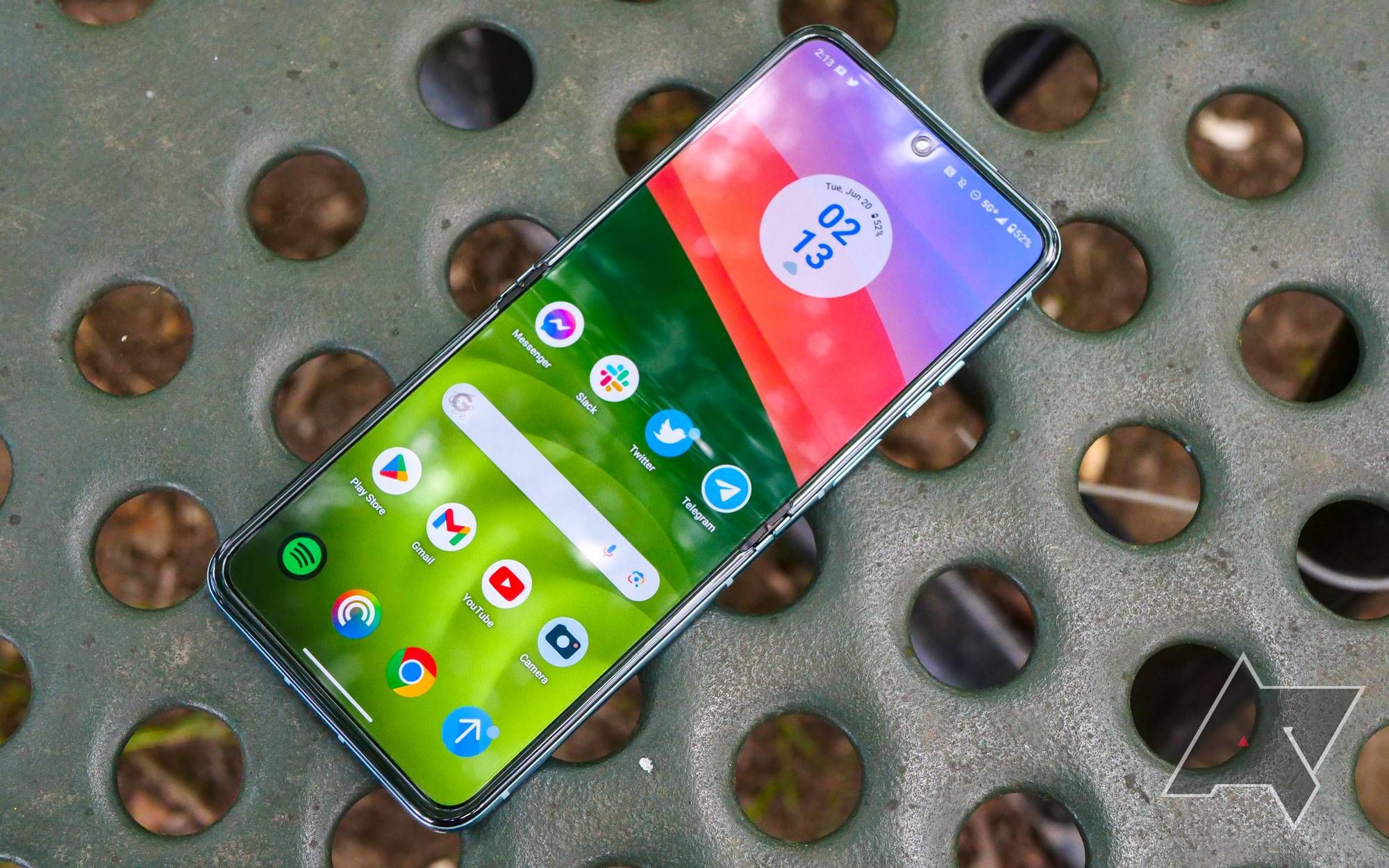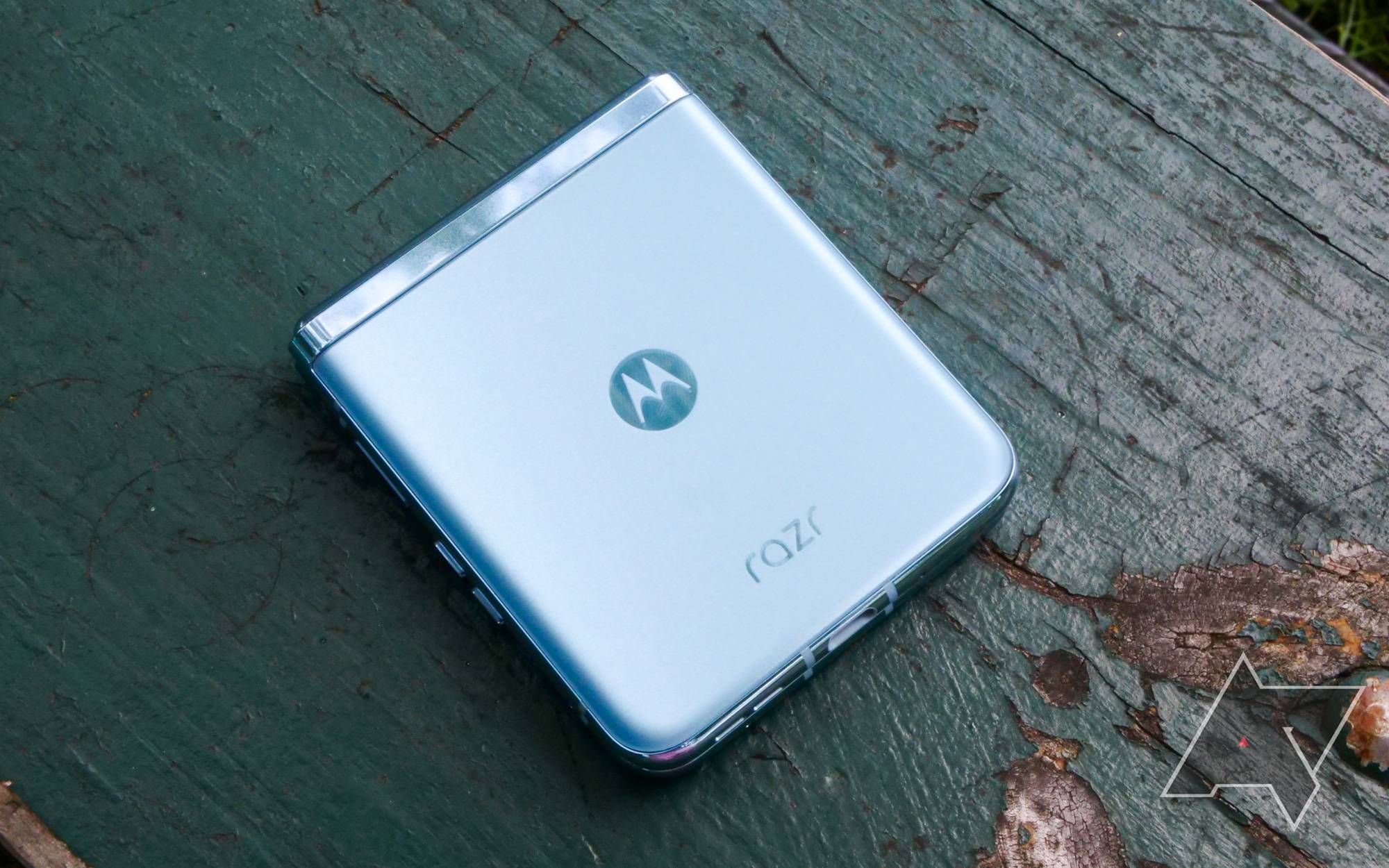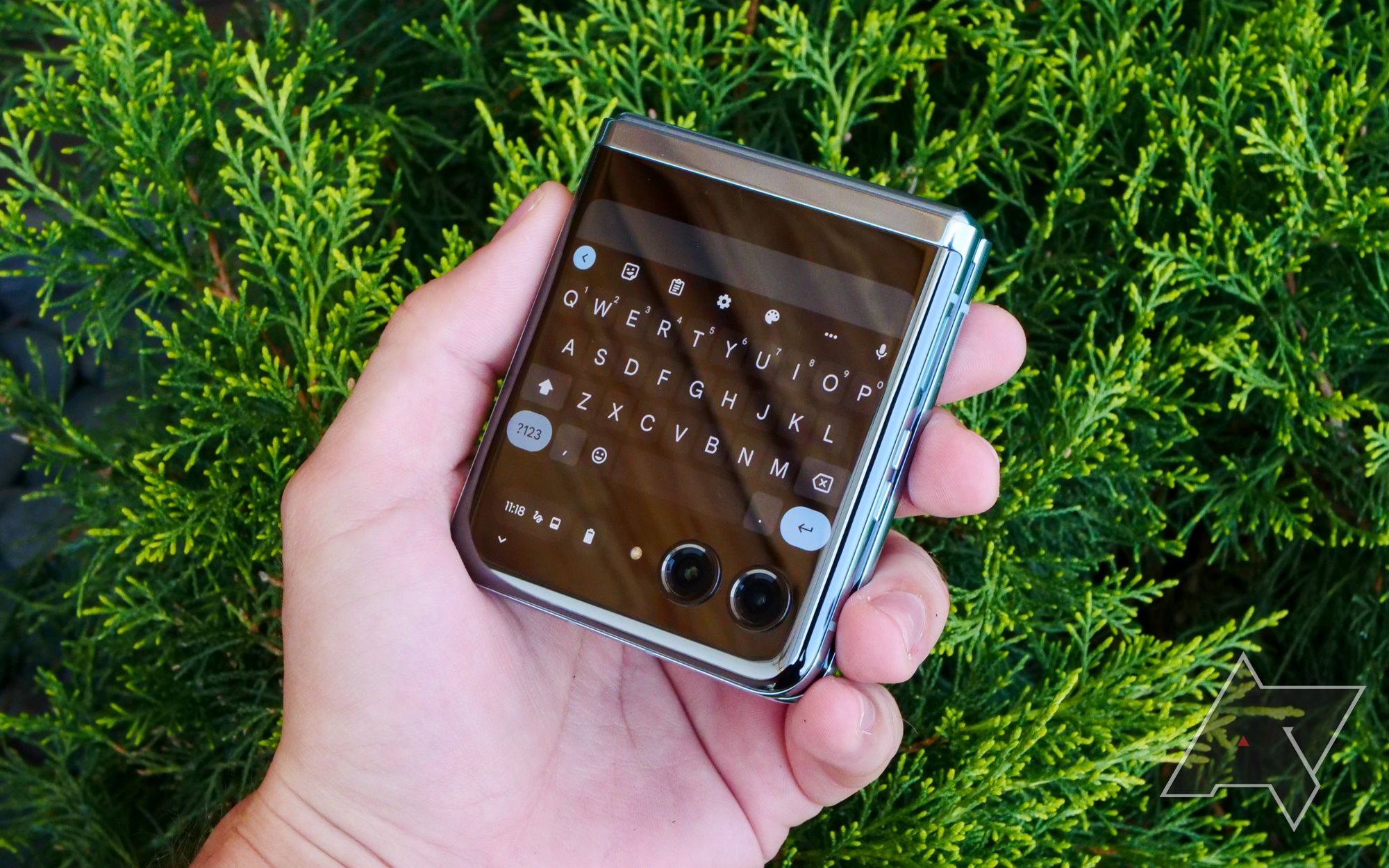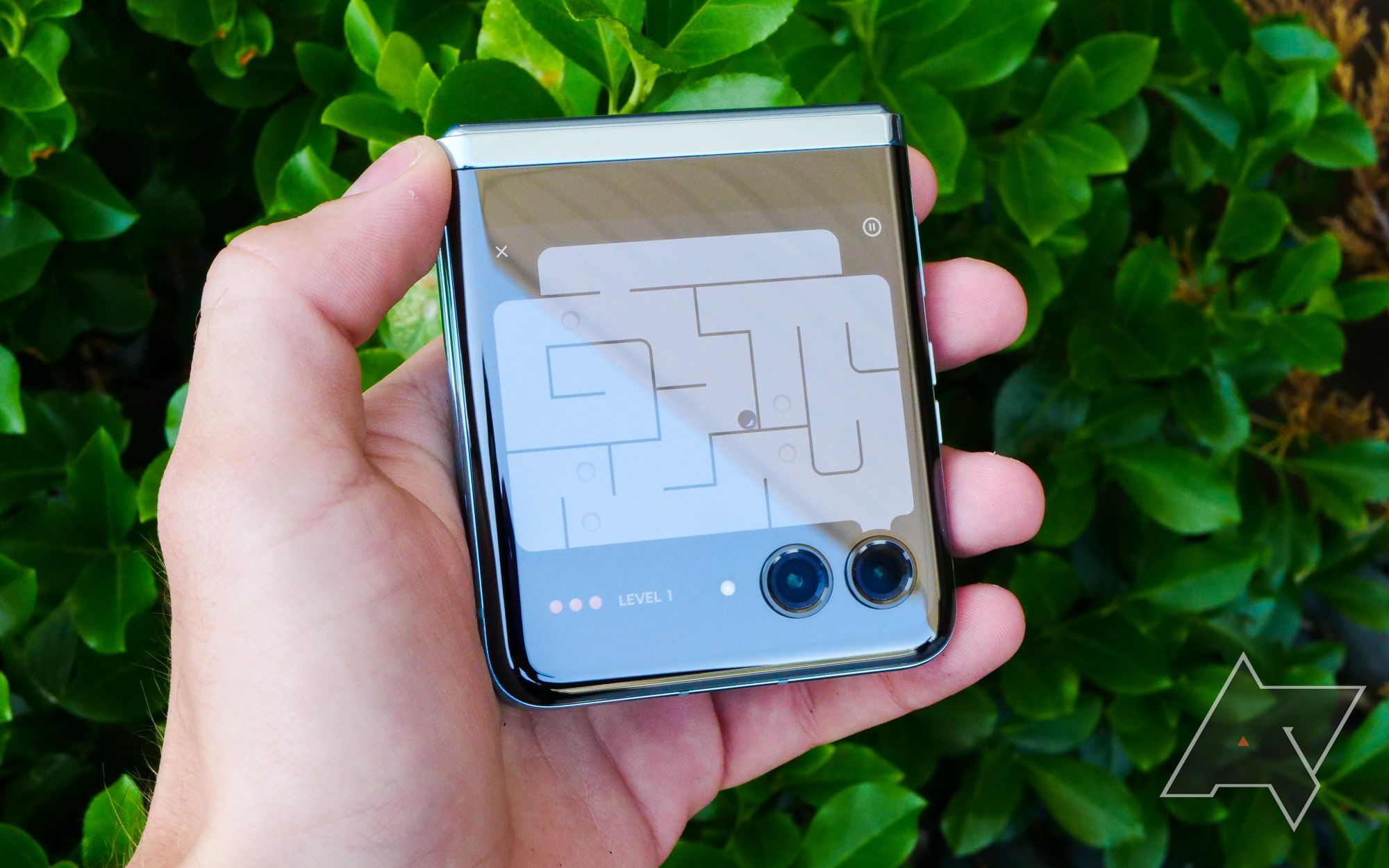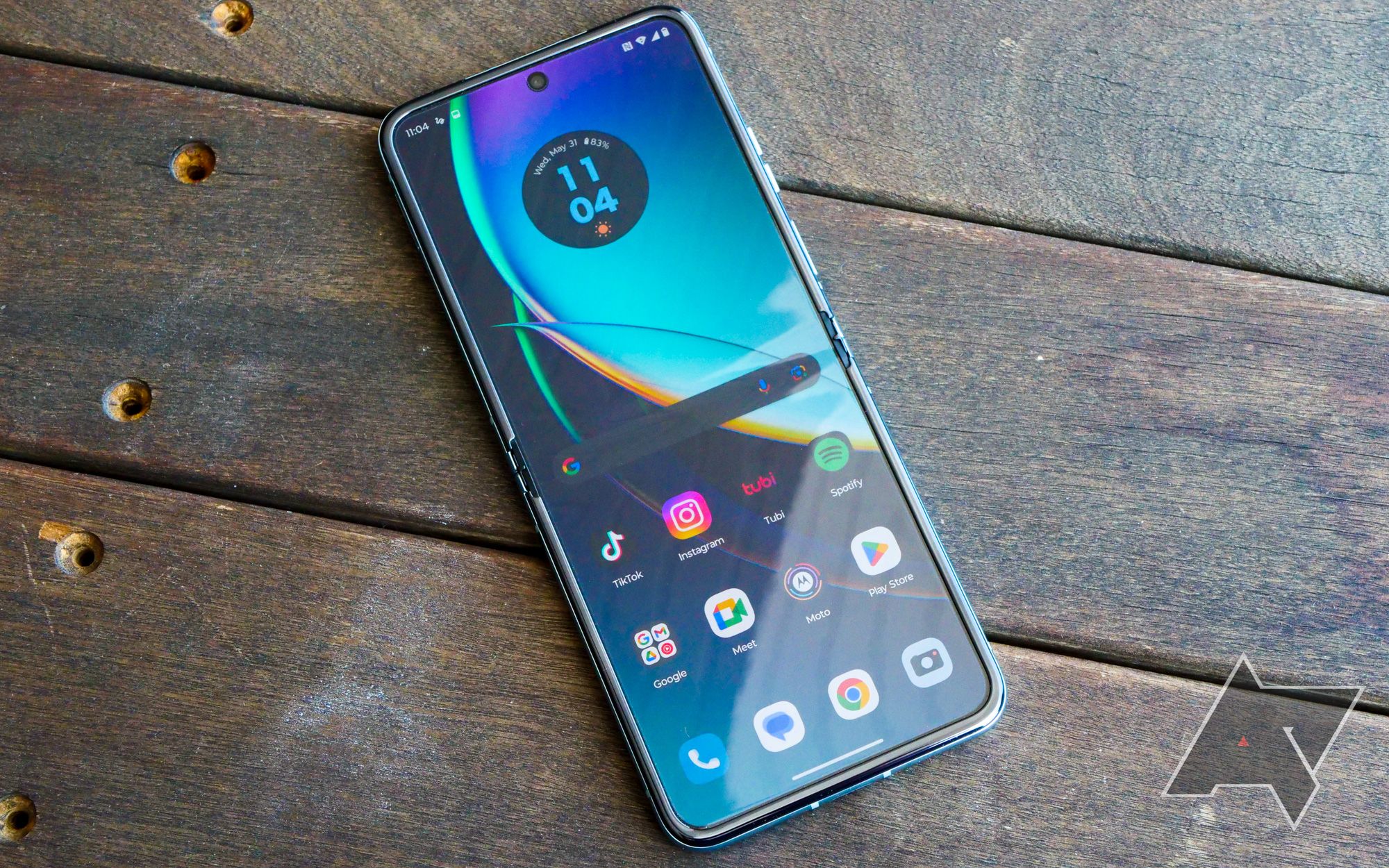The race for foldable domination has really heated up this summer, with Samsung facing steeper competition than ever before. Motorola was one of the first brands to follow Samsung into the world of folding phones, releasing a revived Moto Razr in 2019 before following it up with a 5G iteration in 2020. But after sitting out of the game for 2021 and keeping the third-gen Razr limited to select regions last year, it was unclear whether we'd ever get our hands on another flip phone from the company again.
But 2023 is a new year, and with it comes two new clamshell phones from Motorola. The Moto Razr+ and Moto Razr are looking to take things in some bold new directions, with the former offering an expansive cover panel perfect for both productivity and casual gaming, and the latter aiming to deliver an affordable price point. Here's everything you need to know about both phones.
Summary
- Motorola is launching two new foldable phones in 2023, the Moto Razr+ and the Moto Razr. The former is a premium flagship device with a large front display, while the latter looks to bring clamshells to a more affordable price point.
- The Moto Razr+ has an expansive 3.6-inch outer display that can access nearly any app on your smartphone. Inside, it sports a massive 6.9-inch screen for a more traditional Android experience. The device itself is powered by last year's excellent Snapdragon 8+ Gen 1 chipset.
- The cheaper Moto Razr retains a smaller outer display and uses a mid-range Snapdragon 7 Gen 1 chipset, but sports a larger battery. Whether the downgrade in specs will matter really comes down to its North American pricing, to be unveiled later this year.
Motorola Razr 2023: Hardware
As if the company is looking to make up for missing out on a Razr launch two years ago, the company is launching two flip phones this year. One acts as a successor for the third-gen Razr that launched throughout much of the world last year, while the other is set to sell for a much cheaper price — for a foldable, at least.
Motorola tends to change up its naming scheme depending on the region it's launching in, and that's true for this year's Razr lineup, too. While the phones are called the Razr+ and the Razr in North America, internationally, they're referred to as the Razr 40 Ultra and Razr 40, fitting in perfectly with the rest of Motorola's global naming structure.

Motorola Razr+ (2023)
Motorola's flagship foldable for 2023 is the Razr+, and unlike most folding phones, it all comes down to the exterior display. A 3.6-inch 1:1 panel might sound small, but it's large enough to get most of your tasks done without opening up the phone. And when you need a more traditional form factor, it's just a flip away.
- SoC
- Qualcomm Snapdragon 8+ Gen 1
- Display
- RAM
- 8GB LPDDR5
- Storage
- 256GB
- Battery
- 3,800mAh
- Ports
- USB-C
- Operating System
- Android 13
- Front camera
- 32MP f/2.4
- Connectivity
- NFC
- Dimensions
- Open: 73.95 x 170.83 x 6.99mm, Closed: 73.95 x 88.42 x 15.1mm
- Colors
- Infinite Black, Glacier Blue, Viva Magenta
- Weight
- 188.5g
- IP Rating
- IP52
- Price
- From $1,000
When it comes to specs, let's focus on that flagship Razr+ first, because — unsurprisingly — it's the more exciting of the two. Most of the attention has been on the phone's expansive 3.6-inch cover display, a huge upgrade over the smaller panels the company has included in the past. Despite the larger screen, it doesn't totally obstruct the overall design language of the phone, which now comes in black, blue, and a vegan leather-based magenta.
The cheaper Razr, unsurprisingly, will not adopt its bigger, more expensive brother's outer display. Rather, Motorola is keeping the standard ticker display on its budget foldable, with the rest of the shell kept blank. Depending on final prices — which, even after its announcement, we still don't know — this isn't necessarily a bad thing, but we'll have to wait for the actual MSRP to find out for sure.
Unfortunately, you won't find any color as vibrant as the magenta Razr+ on the cheaper model, but with green, purple, and white shades, there's something for everyone.
If you're a Samsung fan, you'll no doubt notice the similarities between the Razr+ and the Galaxy Z Flip 5. This year's Z-series clamshell device utilizes a 3.4-inch outer screen dubbed the Flex Window, giving you access to a wide variety of widgets and shortcuts. You can also run your own apps on it, though not without some workarounds that aren't available in every region.
Motorola Razr 2023: Specs and camera
One of the biggest mistakes Motorola made in its first two Razr models was opting to use mid-range specs, leaving buyers to opt for Samsung's more powerful alternative. It was an error in judgment remedied by last year's third-gen foldable — which, as we've detailed, didn't make its way stateside.
With the 2023 Razr series ready for a North American launch, flagship power is on the table this year for the more expensive Razr+, though not without some caveats.
We're looking at a last-gen Snapdragon 8+ Gen 1 chipset paired with 8GB of RAM and 256GB of storage. Although that isn't Qualcomm's latest SoC, it's still mighty powerful — and frankly, the jump between these releases was fairly minor for daily use. As disappointing as a year-old chipset might sound, the Snapdragon 8+ Gen 1 can still hold its own, even if the chip in the Galaxy Z Flip 5 is a little newer. Powering all of this is a 3,800mAh battery, complete with 30W fast-charging and 5W wireless charging.
The cheaper Razr, meanwhile, swaps to a decidedly more mid-range Snapdragon 7 Gen 1 chipset, but manages to keep things relatively unchanged. It's paired with 8GB of RAM and 128GB of storage, along with a larger 4,400mAh battery that should last much longer than the smaller cell in the Razr+
Cameras aren't exactly Motorola's bread and butter, and even foldables from Samsung tend to suffer in their image quality for the sake of staying svelte. This year's Razr+ uses a 12MP sensor for its primary lens, alongside an ultrawide 13MP sensor and a 32MP shooter upfront. Frankly, none of these sound particularly impressive, and Moto's image processing usually leaves a lot to be desired. Samples collected during our review process did the job for social media and quick snaps, but if you're a shutterbug, you might want to look outside the realm of foldables for your camera needs.
The cheaper Razr uses a 64MP main sensor — which, Motorola stresses, isn't as powerful as the 12MP lens on the premum model — paired with a 13MP ultra-wide lens and 32MP selfie cam. We'll have to put it through its paces when it launches in North America later this year.
Camera fans disappointed in the Razr+, you can take solace in the fact that its displays are plenty fast and sharp. The main screen sports a 2640x1080 resolution running at 165Hz, while the outer screen measures in at 1056x1066 — nearly perfectly square. Unsurprisingly, the cheaper Razr drops the expansive outer panel, opting for a much smaller 1.5-inch OLED display, while the inner 6.9-inch screen moves to 144Hz.
Motorola Razr 2023: Software
Historically, Motorola's software doesn't provide the most fantastic experience. While the company ships a relatively clean build of Android — with some neat additions like a chop shortcut for the flashlight — some of its UI tweaks feel a bit dated, such as its ambient Peek Display setting. For the most part, the company has left this experience unchanged, choosing instead to focus on customizing the outer screen.
For its new mega-sized cover, Motorola has paired a handful of widgets with a full app drawer that lets you launch whatever you want. App support can occasionally be buggy, but from Maps to Messaging to mobile payments, you'd be surprised how well it works. Otherwise, Motorola supports nine different panels, with shortcuts for everything from weather to calendar appointments to Spotify controls. If you'd rather just use the outer screen as an always-available lock screen, you have plenty of different options to choose from.
Following in the footsteps of both the ThinkPhone and the Moto Edge+, Motorola is offering three OS upgrades and four years of bi-monthly security patches, bringing it closer to the Samsungs and Googles of the world. As you'd expect, the Razr(s) ship with Android 13.
Motorola Razr 2023: Pricing and availability
After unveiling the 2023 Razr lineup on June 1st, the more expensive Moto Razr+ went up for sale on June 23rd for $1,000 at select carriers and retailers. Thanks to a lack of ultra-wideband support, you won't find it in Verizon stores, but the device does work on all three nationwide networks in the US. It's also available in Europe, on sale as the Motorola Razr 40 Ultra for €1,200.
As for the cheaper Razr, well, we'll have to keep waiting for more information. Motorola says it's arriving in the US sometime in the coming months for a cheaper price than the Razr+, though both details are being kept under wraps. In the UK, you can grab the Razr 40 right now for £800. That's over $1,000 when converted, but expect a much lower price whenever it hits North America.
The Razr's great legacy continues
Motorola perfected the flip phone with the original Razr lineup in the 2000s, and after a brief detour into basic slab-shaped smartphones, these foldables feel like the true successor. After a couple of middling devices and a years-long break in North America, it seems like the company is ready to take on an ever-expanding group of competitors. The Moto Razr+ has left us impressed since its launch in June, and despite the increased competition from Samsung, it's absolutely worth considering among the best in Android today.

Motorola Razr+ (2023)
Motorola might have taken some time off from launching its foldables in the US, but it's raging back with the Moto Razr+. This year, the focus is all on the outer 3.6-inch display, which promises to let you do virtually anything without opening the phone. And when you need a larger screen, the 6.9-inch display inside feels just like the company's other smartphones.

